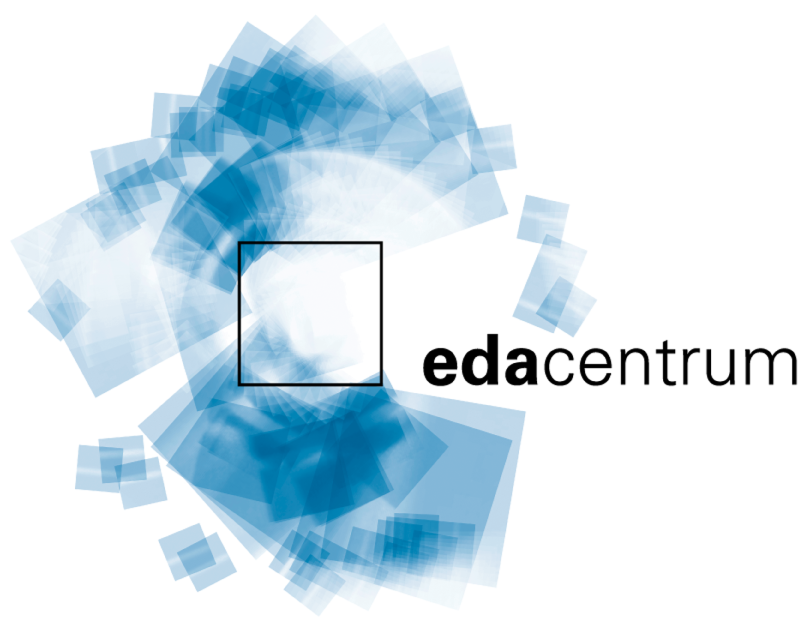Hybrid computing in neuromorphic memristive arrays
In the context of digitalization, the availability of highly efficient autonomous sensor-processor systems is becoming increasingly important in artificial intelligence. The focus is on architectures based on memristive in-memory computing principles, often implementing analog computations in an extremely energy-efficient way, in particular by exploiting phenomena of locally coupled nonlinear arrays; such architectures can be implemented on relatively simple cell structures. Locally coupled dynamic arrays have been proposed and studied in detail. They show superior performance when used as arrays of coupled oscillators or in pattern-generating methods of multidimensional image processing. While each strategy has advantages for certain applications, a problem-specific combination of digital and analog methods becomes important when considering the latest approaches to in-memory computing.
An introduction to the theory and application of memristors will be provided. In particular, memristive analog computation methods are presented and discussed in detail. Based on M-Cellular Nonlinear Networks [1], hybrid structures are proposed that efficiently combine the analog domain with digital computing.
[1] R. Tetzlaff, A. Ascoli, I. Messaris, and L.O. Chua, “Theoretical Foundations of Memristor Cellular Nonlinear Networks: Memcomputing with Bistable-like Memristors,” IEEE Trans. on Circuits and Systems–I: Regular Papers, 2019, 10.1109/TCSI.2019.2940909
